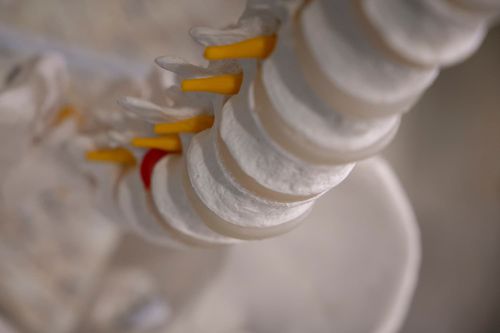What Is Dorn Therapy?
German sawmill owner Dieter Dorn discovered the Dorn therapy, also known as Dorn spinal therapy, in the 1970s as a form of therapy for correcting spinal misalignments and joint dislocation. It is also used in addressing problems involving the back, joints, and other organs which have been caused by the vertebrae being in the wrong place or legs that are of different lengths.
The Dorn therapy is considered a non-manipulative treatment. The self-determined movements of the patients are effective in getting the vertebrae and joints slip back into their natural positions. Classified as a low-repetitive therapy, it involves the use of gentle re-alignment techniques to work on balancing the length of the legs, the spine, and all of the joints in the body. It can be used as an adjunct with other therapies or solely on its own.

How Does Dorn Therapy Work?
Dorn therapy is a safe, simple, effective and rapid therapy. It includes guiding the patient through simple exercises that can be performed at home to continue and reinforce the treatment that is performed in a session with a qualified Dorn practitioner. Generally, this means fewer sessions will be required for the therapy.
During a therapy session, the practitioner checks the length of the client's legs to see if they're even or not. Next, they look for the location of each vertebra. After that, the practitioner emphasizes correcting the partial displacement of the hips that causes the hip joints to slip out of their normal position. When the hip is not properly aligned, it results in leg length discrepancy, which causes the pelvis to tilt abnormally and other misalignments. Then, the therapist applies gentle finger pressure on the joint in question while the client swings their arms or legs to correct the spine.
What Are the Benefits of Dorn Therapy?
Dorn therapy is a unique healing technique as it's extremely easy to carry out and effective for a wide variety of conditions. Unlike other forms of therapy, where only the practitioner treats the problem, Dorn therapy requires the therapist and client to work together to achieve best results. When done correctly, this modality can treat a wide range of conditions such as the following:
- Sciatica
- Hip problems
- Lumbago
- Protruding or prolapsed discs
- Pelvic pain
- Arthritis of the joints
- Difference in leg length
- Pain related to the spinal column
- Pain in the back, neck or shoulders
- Tennis elbow
- Chronic inner conditions like asthma or angina
- Headache and migraine
- Depression, fear or other emotional conflicts
- Blockages in the flow of Chi energy
- Sinusitis
- Thyroid problems
- Digestive issues
- Scoliosis
What Can You Expect From Dorn Therapy?
A Dorn therapy session normally lasts for an hour. It begins with the client getting into a lying position on the treatment table, while the practitioner measures the length of their legs to spot any discrepancies. A difference in leg length means a misaligned joint.
Some of the correction procedures require the client to stand up, while others require them to be seated on a chair. While the practitioner applies the correction techniques to the affected joints, the client performs a series of guided movements to help get the bones back into their original positions.
The client shouldn't feel the slightest pain throughout the process as Dorn therapy is supposed to be painless. After the treatment, the practitioner gives the client a list of self-help exercises to do at home. These exercises will ensure the continuous improvement of their health. Given that the therapist has to perform palpation during the assessment and treatment stages, clients are advised to wear clothes in a lightweight fabric.
Is Dorn Therapy Safe?
The Dorn method is a safe, painless and very effective method for treating spinal misalignments and joint dislocations. It can benefit people of all ages and conditions as it uses gentle pressure. A client can't sustain an injury as their active participation throughout the therapy session prevents this from happening. What's more, there have been no reports of any injuries linked to Dorn therapy since its inception.




